Chestnut Oak Tree (Quercus Prinus) – 1 Gallon Pot
$39.97 Original price was: $39.97.$27.98Current price is: $27.98.
SKU: D2LSC 7511673108 Category: SHOP BY USDA ZONE
- 7 days return and exchange
- 100% Quality Satisfaction
- Shop with Confidence
- No Compromise on Quality

Chestnut Oak Tree
Quercus prinus
Other Common Names: Chestnut Oak, Rock Oak, Basket Oak
Plant Details
USDA Plant Hardiness Zones: 5a-9a (9b?) Find Your Zone
Shrub Type: Deciduous Tree
Height at Maturity: 40-60′
Width at Maturity: 40-60′
Spacing: 70+ feet for space between trees
Growth Habit / Form: Upright, Round, Symmetrical
Growth Rate: Moderate
Flower Color: Brown
Flower Size: Insignificant
Flowering Period: Spring
Flower Type: Catkin
Fragrant Flowers: na
Foliage Color: Green, Yellow, Red, Copper in Fall
Fragrant Foliage: No
Fruit: Yes, 1.5″ acorns that are inedible to humans but other mammals eat them
Sun Needs: Full Sun to Light Shade
Water Needs: Average, Very Low when established
Soil Type: Clay, Loam, Sandy(amended), Silty
Soil Moisture / Drainage: Moist But Well-Drained, high drought tolerance when established
Soil pH: 5.0 – 7.0 (Acid to Neutral), prefers acid
Maintenance / Care: Low
Attracts: Mammals, Birds, Wildlife
Resistances: Deer, Disease, Heat, Insect, Cold
Description
The Chestnut Oak is a beautiful native shade tree with highly attractive foliage that unfurls pink and becomes silvery before turning to dark green with fall bring shades of yellow to red. The glossy leaves are up to 8 inches in length by 3 inches wide and resemble those of the Chestnut tree, hence the name. The large, 1.5-inch-long acorns which fall in Autumn are particularly sweet-tasting and relished by many types of wildlife. The chestnut oak is also admired for its attractive deeply ridged and furrowed dark brown to black bark. All grown up, the Chestnut Oak develops a rounded crown that might reach 40 to 60 feet in height with an equal spread, making it a fine selection for providing shade or to frame driveways and other larger entryways. Exceptionally easy to grow and low maintenance with high drought tolerance and disease and insect resistance.
Landscape & Garden Uses
Growing 40 to 60 feet tall and 40 to 60 feet wide, the Chestnut Oak is ideal for use around the home and and on commercial sites or in parks or other properties that can accommodate its size. An excellent shade tree around the home and for outdoor living areas and is nice in landscape and sunny woodland borders. Also nice for framing driveways or other entryways. A fine addition to wild and native landscapes!
Suggested Spacing: 70+ feet for space between trees
Growing Preferences
The Chestnut Oak is very easy to grow in most any moist but well-drained soil and full to mostly sun. Established trees are highly drought tolerant. prefers an acidic soil ranging between 5.0 and 6.0 on the pH scale but will tolerate a neutral soil. Alkaline soils cause chlorosis. Extremely low maintenance and disease and insect resistant.
Note: Find helpful advice from our experts under the Planting & Care tab above on desktop screens and below on mobile phones.
Plant Long & Prosper!
Meet The Wilson Brothers & Staff
Questions? Contact Us
Be the first to review “Chestnut Oak Tree (Quercus Prinus) – 1 Gallon Pot” Cancel reply
Related products
New
SHOP BY USDA ZONE
New
SHOP BY USDA ZONE
Winter Jewels ‘Painted Doubles’ Helleborus (Lenten Rose) – 1 Gallon Pot
New
SHOP BY USDA ZONE
New
SHOP BY USDA ZONE
Twist Of Lime Heuchera (Coral Bells ) – 10 Pack Of Quart Pots
New
SHOP BY USDA ZONE
New
SHOP BY USDA ZONE
New
SHOP BY USDA ZONE
New
SHOP BY USDA ZONE




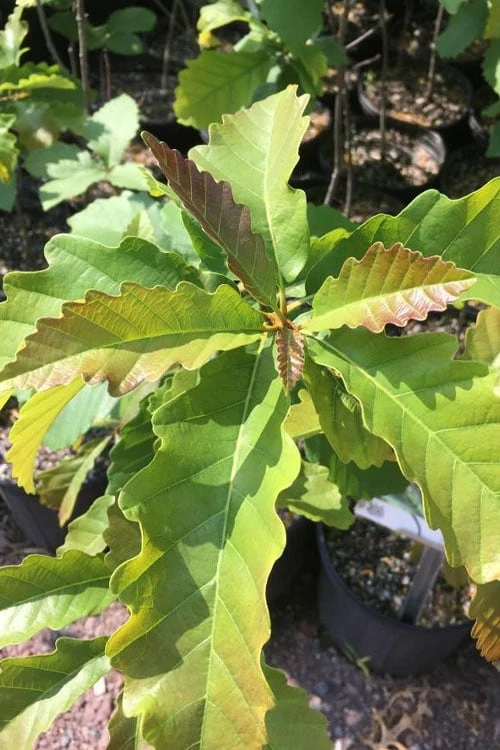


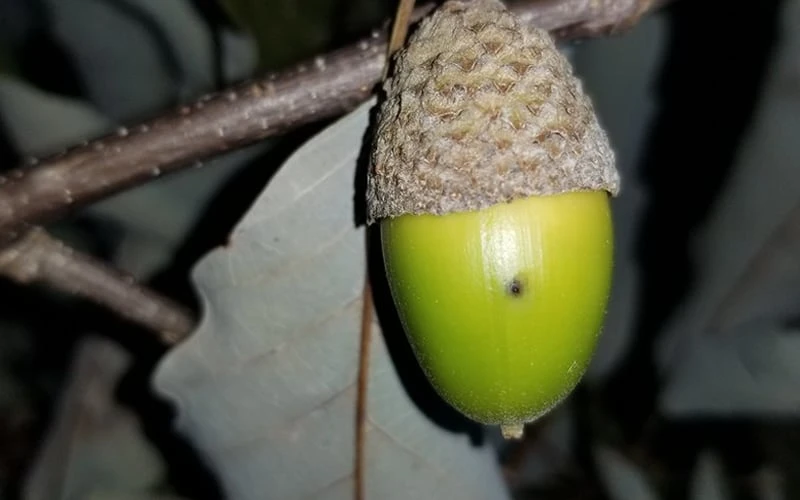
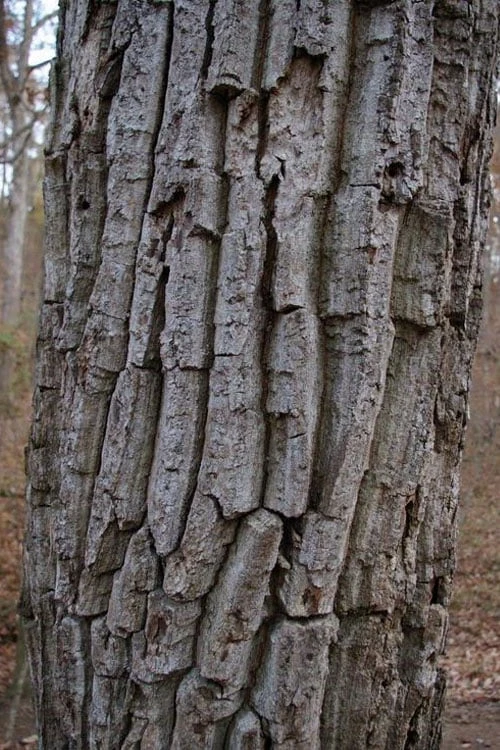

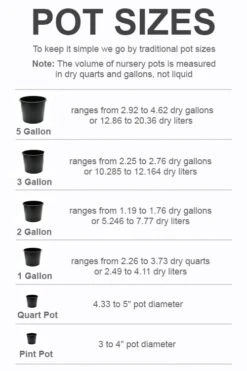


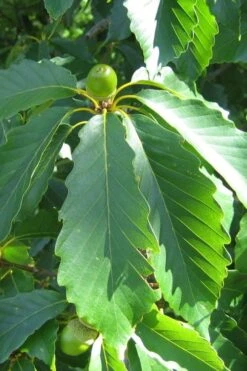




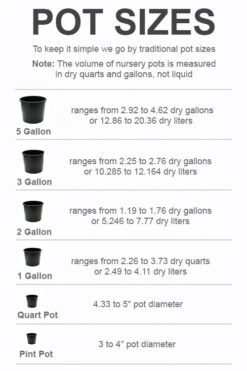
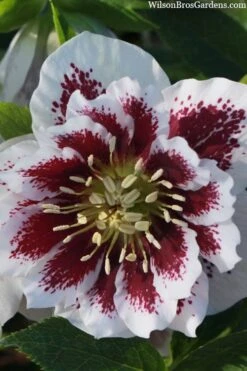




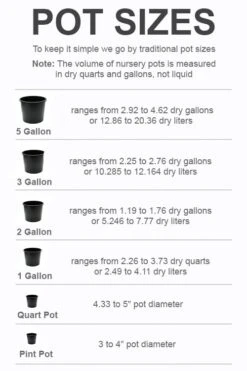
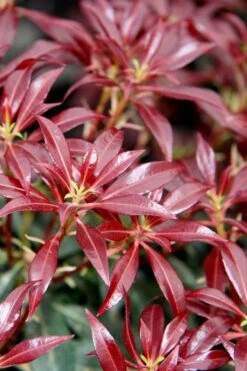


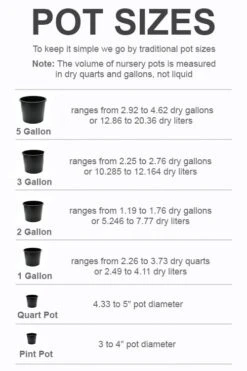


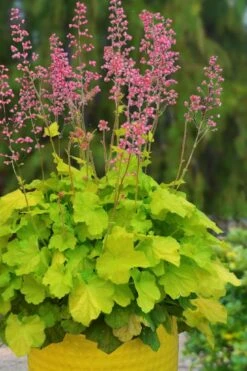

Reviews
There are no reviews yet.